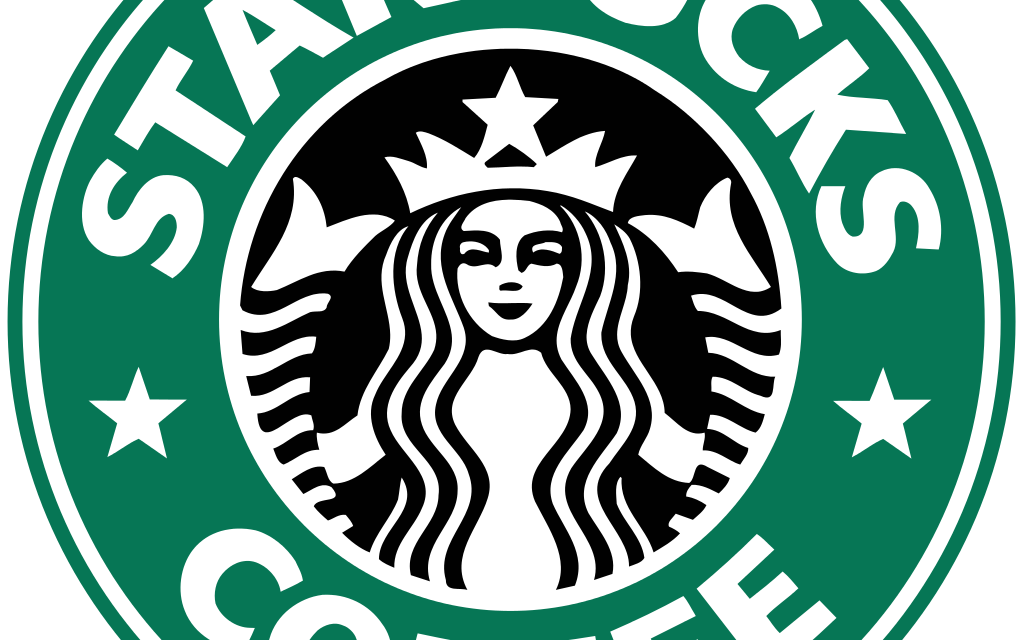- Five years ago, about 16 percent of Starbucks’ total revenue came from food, Starbucks CFO Scott Maw tells CNBC.
- Today, it’s about 20 percent, with plenty more room to grow, he says.
- Starbucks is testing a fresher lunch program in its Chicago stores, called “Mercado,” with plans to roll it out in other cities this year.
Let’s do lunch! Starbucks CFO Scott Maw says the coffee giant wants to grow its food sales, particularly those at the midday meal.
As Starbucks looks to grow its share of the coffee market, the chain is also testing ways to attract more customers who want food.
Starbucks has been successful with its breakfast offerings, but lunch will be a bigger part of the company’s so-called food growth moving forward, Maw told CNBC’s “Squawk Box” on Monday morning.
Monday was the 25th anniversary of Starbucks’ listing on the Nasdaq. As a publicly traded company, the chain has grown from 150 stores to over 26,000 brick-and-mortar locations, with more than 330,000 employees today, Maw told CNBC.
Now, one of the company’s top initiatives is to try to increase Starbucks’ percentage of food sales, Maw said. Five years ago, about 16 percent of Starbucks’ total revenue came from food. Today, it’s about 20 percent, with plenty more room to grow, he said.
“It’s all about providing higher-quality, fresh food at lunch,” Maw told CNBC.
In Chicago, Starbucks has been testing a food program, “Mercado,” where fresher options are being prepared by employees and sold the same day. Normally, Starbucks’ food selections are prepped and packaged off-site and delivered to stores weekly, with many items arriving frozen.
Maw said Mercado has been successful and will be rolling out to other cities this year.
One reason for analysts to be skeptical about Starbucks’ growing its food vertical is gross margins.
Margins for coffee sales are about 80 percent, but those for food are a leaner 50 percent, Maw said. But he added that the operating margin at the store level is actually boosted by the sale of a food item because Starbucks is leveraging its store rent, fixed cost infrastructure and labor, among other things, in selling something for customers to eat.
“For Starbucks, we are focused on two things,” Maw said. “If you want to be a successful physical retailer, you have to deliver an experience … a third-place environment.”
Starbucks also hopes to increase customer interaction on its digital platform, where shoppers can order and pay for beverages and food in advance of arriving at a store to pick them up.
by Lauren Thomas

